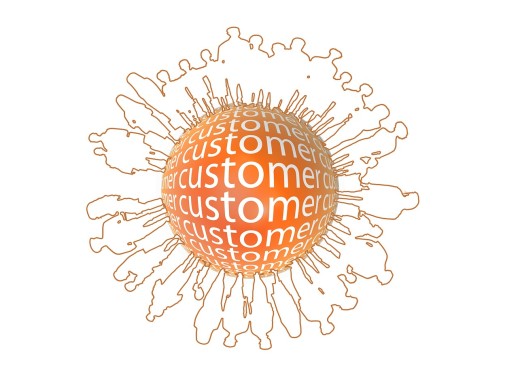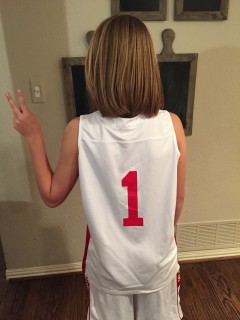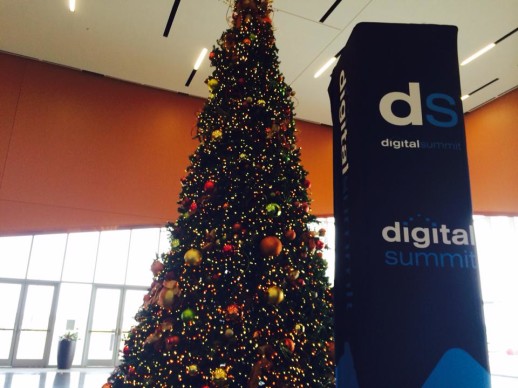 Anyone who knows me knows that I’m a little tennis-obsessed. I love to play it, watch it, discuss it … it’s my thing. It keeps me sane and makes me happy.
Anyone who knows me knows that I’m a little tennis-obsessed. I love to play it, watch it, discuss it … it’s my thing. It keeps me sane and makes me happy.
So about three months ago, I got a phone call from someone who I knew only by name (a captain of a rival tennis team). She was forming a “dream team” of players that she felt had the potential to advance and win a city championship, then a sectional championship, and ultimately a national championship.
Naturally, I jumped on board, excited about the possibilities.
After easily winning our regular season flight, last weekend we played for the city championships. Unfortunately, in the month prior I’d been sidelined with illness and injury and wasn’t in fighting shape. My heart was in it and I played, but I didn’t play well, and I wasn’t able to get the win to help my team. Fortunately for me and for everyone, other members of our team won their matches and the team as a whole won the city championship and advanced us to sectionals.
Of course this experience clearly illuminates the importance of TEAM. Finding the right people at the right time to help with the right things – a perfectly constructed gathering of people fully able to collectively move the ball forward and achieve goals. Yin and yang. Strength and weakness. It’s applicable in tennis and even more applicable in business.
I am so thankful to our captain, Lynn, for doing the work necessary to put us all together.
Here’s what we all can learn from her about assembling a TEAM, I will call them ~ “Lessons From Lynn:”
1. Every team needs a leader who knows what’s what. A good leader has been in the trenches and knows whereof they speak. They should have the knowledge and experience to know what lies ahead and what will be required.
2. Experience will tell you what you need. Trust your experience to guide you in identifying the needs of your TEAM. Do you need a strategist? An analytical type? Someone wildly creative? A worker bee? What combination of strengths and personalities is going to get you where you need to go?
3. Find your people. Find the best people you can to fill your roles. Don’t settle for “almost good enough. “Enlist help from recruiters (we are partial to Mom Corps Dallas, one of our superstar clients) and/or behavioral benchmarking software (we are partial to Shadowmatch USA, who we have worked with in the past) to aid you in your search.
4. Don’t be afraid to remove people who aren’t a good fit. If someone’s work is not aligned with the efforts of the TEAM, don’t try to fit a round peg into a square hole.
5. Delegation is key. Lynn didn’t even play during city championship weekend. Her role was to make the decisions, delegate, organize and support. The leader doesn’t have to be the star.
6. Let people do what they’re good at. Diversity in skills and experience brings broader perspectives and different approaches to the TEAM and allows for efficient assignment of people to roles. If you have assembled your team well, who does what should be an easy decision.
I feel lucky to be a part of a fantastic tennis team, and an equally fantastic rocking work team at Front Porch Marketing.
Take a page from our leaders and assemble your own DREAM TEAM to get you where you want to go!








